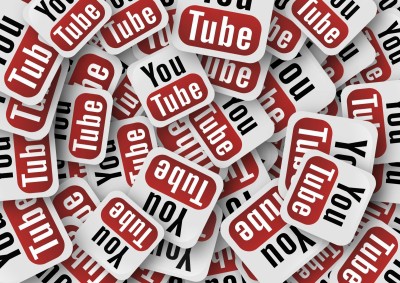New York, Oct 26 : The ‘kid influencers — children whose parents film them doing activities such as science experiments, playing with toys, or celebrating their birthdays — are promoting junk food brands on YouTube and millions of parents have no choice but to turn their children to watch such videos, a new study has stressed.
The growing popularity of kid influencers have caught the attention of companies, who advertise or sponsor posts to promote their products before or during videos.
In fact, the highest-paid YouTube influencer of the past two years was an eight-year-old who earned $26 million last year.
Kids with wildly popular YouTube channels are frequently promoting unhealthy food and drinks in their videos, warned researchers at New York University’s School of Global Public Health.
“Kids already see several thousand food commercials on television every year, and adding these YouTube videos on top of it may make it even more difficult for parents and children to maintain a healthy diet,” said Marie Bragg, assistant professor of public health nutrition at NYU School of Global Public Health.
“We need a digital media environment that supports healthy eating instead of discouraging it”, she said in a paper published in the journal Pediatrics.
Food and beverage companies spend $1.8 billion dollars a year marketing their products to young people.
Although TV advertising is a major source of food marketing, companies have dramatically increased online advertising in response to consumers’ growing social media use.
YouTube is the second most visited website in the world and is a popular destination for kids seeking entertainment.
More than 80 per cent of parents with a child younger than 12 years old allow their child to watch YouTube, and 35 per cent of parents report that their kid watches YouTube regularly.
“The allure of YouTube may be especially strong in 2020 as many parents are working remotely and have to juggle the challenging task of having young kids at home because of COVID-19,” said Bragg, the study’s senior author.
Parents may not realise that kid influencers are often paid by food companies to promote unhealthy food and beverages in their videos.
Bragg and her colleagues identified the five most popular kid influencers on YouTube of 2019 — whose ages ranged from 3 to 14 years old — and analysed their most-watched videos.
The researchers found that nearly half of the most-popular videos from kid influencers (42.8 per cent) promoted food and drinks.
More than 90 percent of the products shown were unhealthy branded food, drinks, or fast food toys, with fast food as the most frequently featured junk food, followed by candy and soda.
The videos featuring junk food product placements were viewed more than 1 billion times — a staggering level of exposure for food and beverage companies.
“It was concerning to see that kid influencers are promoting a high volume of junk food in their YouTube videos, and that those videos are generating enormous amounts of screen time for these unhealthy products,” Bragg lamented.
The researchers encouraged regulators to strengthen and enforce regulations of junk food advertising by kid influencers.
Disclaimer: This story is auto-generated from IANS service.

